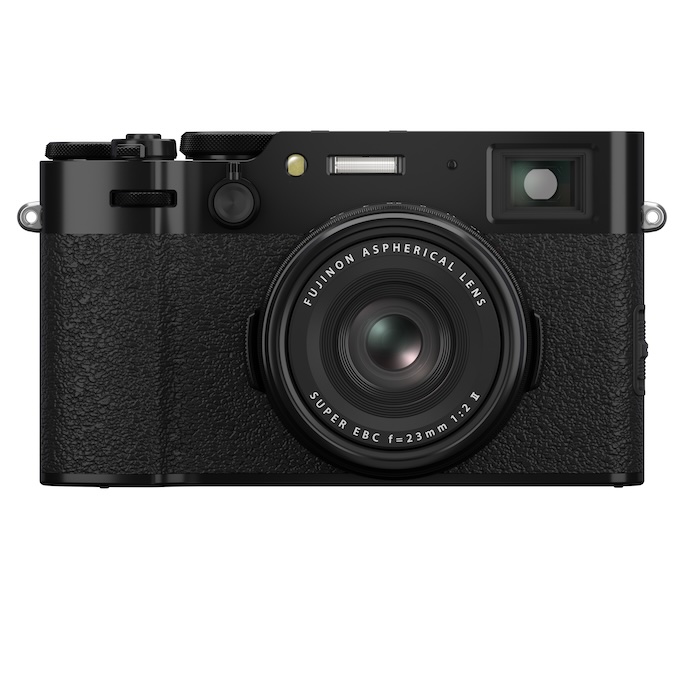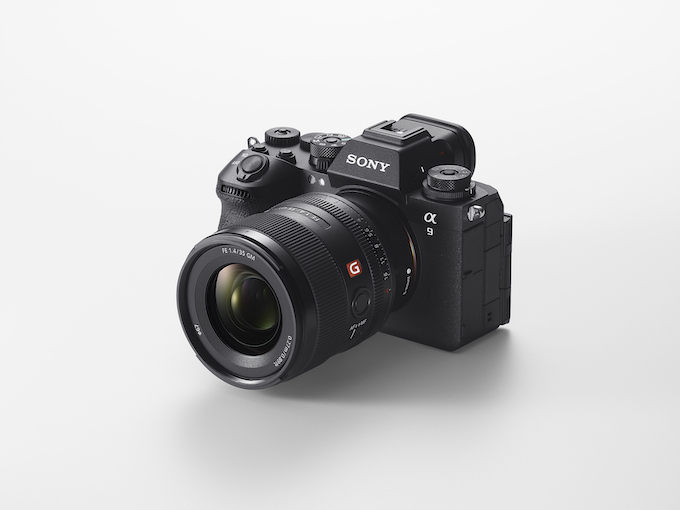Cameras
Rangefinder is a member of the Technical Image Press Association, which has contracted with the test lab Image Engineering for detailed camera evaluations. Here are the results for the Sony a6400.
The a6400 joins Sony’s APS-C mirrorless lineup just below the flagship a6500. While it lacks the a6500’s in-camera stabilization, it boasts a number of features that its premium-priced sibling lacks.
The a6400’s primary advantage over its peers is autofocusing. According to Sony, it has the fastest autofocus acquisition in the world at .02 seconds. Additionally, it marks the introduction of a pair of new autofocusing features: Real-time Eye AF and Real-time Tracking (features that have subsequently been added to Sony’s a7R III, a9 and a7 III via firmware upgrades).
The new Real-time Eye AF employs artificial intelligence-based object recognition to detect and process eye data in real time, which Sony says improves accuracy, speed and tracking performance when shooting in Eye AF. In all autofocus modes, the camera automatically detects the eyes of the subject and activates Eye AF with a half press of the shutter button. When you’re shooting in AF-C or AF-A mode, you can choose which eye you’d like to make your focus point.
For now, the a6400 can only track human eyes, but Sony says a coming firmware update will enable Eye AF for animals, too.
Real-time Tracking employs AI-based object recognition and processes color, subject distance (depth) and pattern (brightness) as spatial information to ensure that all subjects can be captured accurately.
As far as AF points go, the a6400 has plenty. There are 425 phase-detection AF points and 425 contrast-detection AF points covering approximately 84 percent of the sensor.
Beyond speedy AF, the a6400 sports a 24-megapixel image sensor with a top native ISO of 32,000 (expandable to 102,400). It’s capable of shooting at 11 fps with AF/AE tracking using a mechanical shutter or up to 8 fps with an electronic shutter. You can shoot up to 116 JPEGs or 46 compressed RAW files in continuous mode.
There’s a 3-inch, 180-degree tilting touch screen display that supports touch focusing and shutter release, and a Touch Tracking mode that activates the camera’s Real-time Tracking function. You can also frame your scene through an XGA OLED viewfinder.
On the video front, the a6400 is able to record 4K (3840 x 2160) with full pixel readout and no pixel binning. You can also record full HD at up to 120 fps.
Resolution
At ISO 100, the a6400 captures 96 percent of the theoretical maximum of its sensor (out of a possible total of 120 percent). That’s slightly better than its predecessor, the a6300, which resolved 95 percent, and the a6500, which reached 94 percent. It trails Fujifilm’s X-T3, however, which could resolve 108 percent.
Image Engineering (IE) found that the a6400’s resolving power is very consistent as you ramp up ISO levels. For instance, you’re still hitting 95 percent resolving power at ISO 1600, where the a6300 plummeted to 87 percent. By ISO 6400, the a6400 is still resolving 91 percent of its theoretical maximum. Those are very solid results.
Image Noise
Images made by the Sony a6400 at ISO 100 would not show visible noise even when viewed at 100 percent on a display.
At higher ISOs, however, visual noise would start to be noticeable from ISO 400 when viewed at 100 percent and become obvious at ISO 3200. By ISO 12,800, Image Engineering found the noise levels “disturbing.” In this viewing condition, IE found the a6300 produced slightly less noise.
However, when viewing images on a postcard-sized print, IE found there would be no observative noise at any of the ISO levels. When viewing a 15-inch tall print, noise only becomes visible at ISO 3200. IE deemed noise “noticeable” at ISO 6400 and “very obvious” at 25,600 in this viewing condition.
Dynamic Range
The a6400 delivers 10.6 f-stops of dynamic range at ISO 100. That surpasses the maximum dynamic range of the Fujifilm X-T3, which delivers 9.7 stops and the X-T30, which tops off at 9.5 stops.
Dynamic range drops below nine stops above ISO 1600. At ISO 6400, dynamic range is 8.0 stops. At the top extended ISO (102,400), it sinks to 5.6 stops.
Color Reproduction & Auto White Balance
IE found the color reproduction of the a6400 to be very good, with only six colors deviating strongly from the original. By comparison, both the X-T3 and X-T30 had no color show a strong deviation, though multiple colors showed some deviation.
The level of color deviation of the a6400 is also fairly consistent through ISO 6400.
Automatic white balance when shooting still images is excellent.
Video
Resolution in videos shot at ISO 100 is 112 percent of the theoretical maximum. It’s still 107 percent at ISO 1600.
IE learned that sharpening is stronger in the camera’s video mode than in stills.
Visual noise would be noticeable in video images viewed at 100 percent at ISO 100 and become obvious by ISO 1600. However, in video frames printed at postcard size or up to 15 inches tall, noise isn’t very visible until ISO 1600.
Dynamic range in video is 8.7 f-stops at ISO 100 and 8.0 at ISO 1600. That trails the X-T3’s 11 stops. Automatic white balance in video is poorer than for still photography.
Performance Results
IE clocked the a6400’s startup speed at 1.4 seconds and a focusing speed of .5 second in bright (300lx) light, a speed that stays consistent even in low light down to 30lx. Battery life clocks in at 360 shots per charge, slightly behind the X-T30 and X-T3.
Related: Camera Review: Nikon Z 7
Fujifilm’s First 100-Megapixel Medium-Format Camera Has Plenty of Firsts
Sony Adds New Features to a7R III and a7 III





